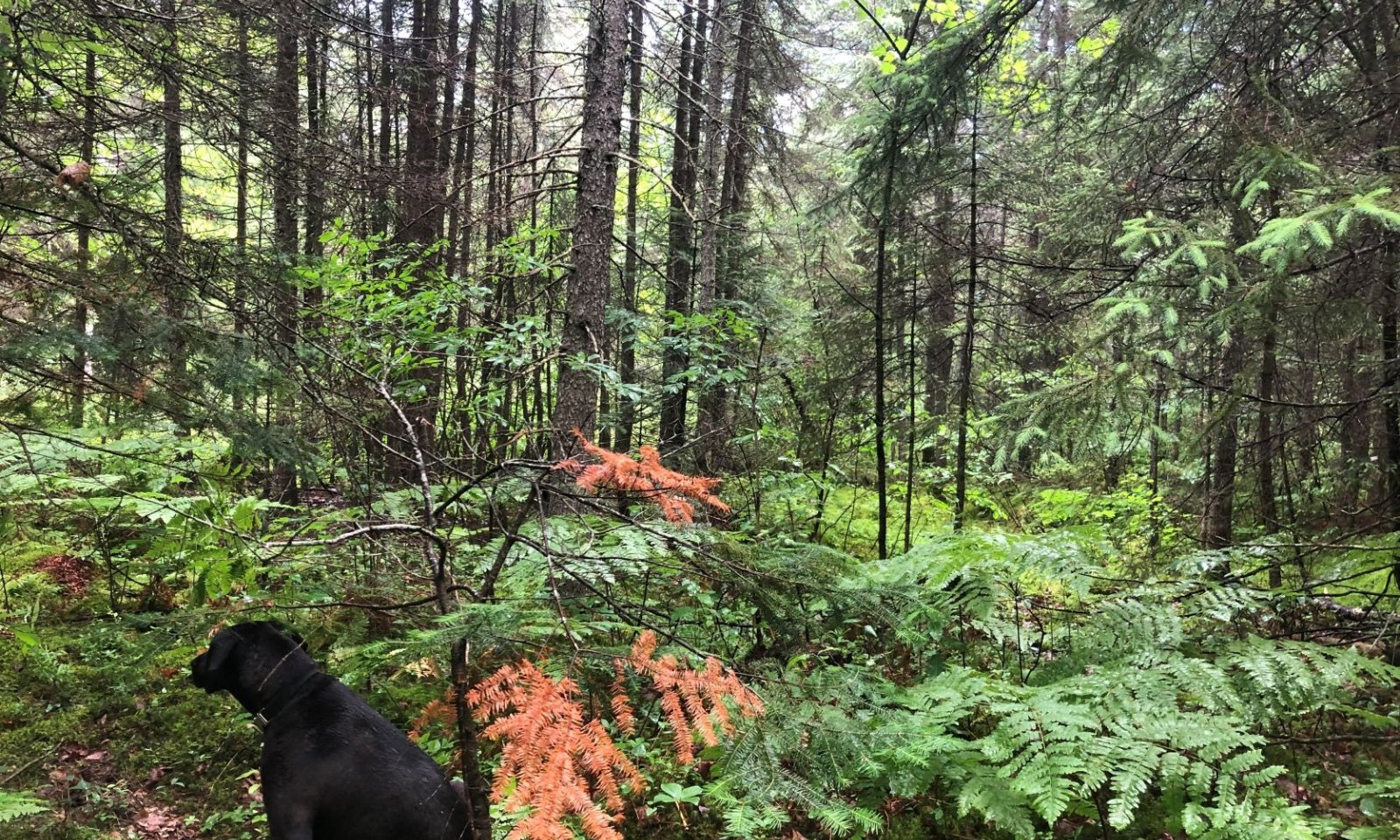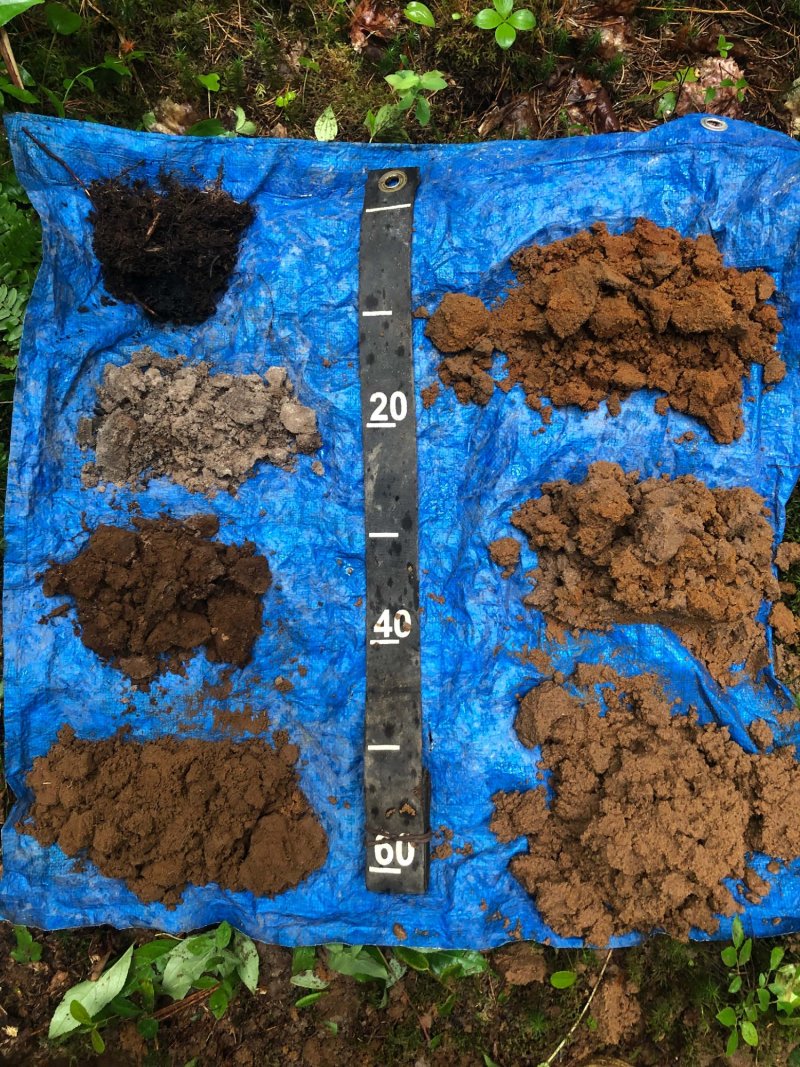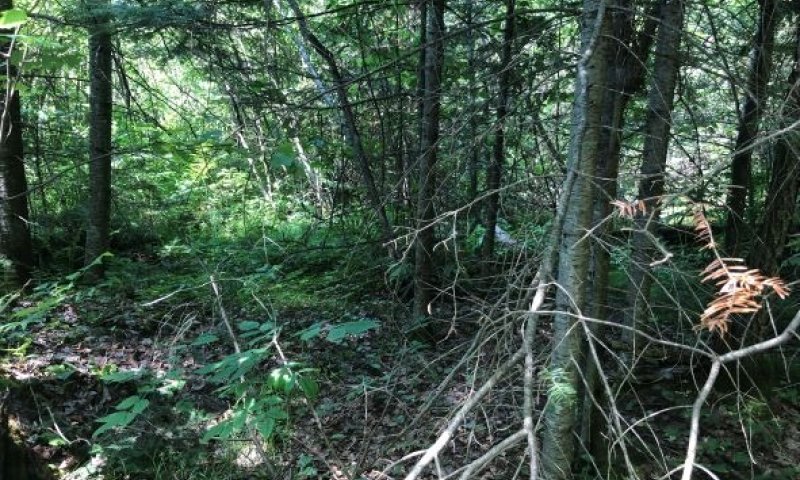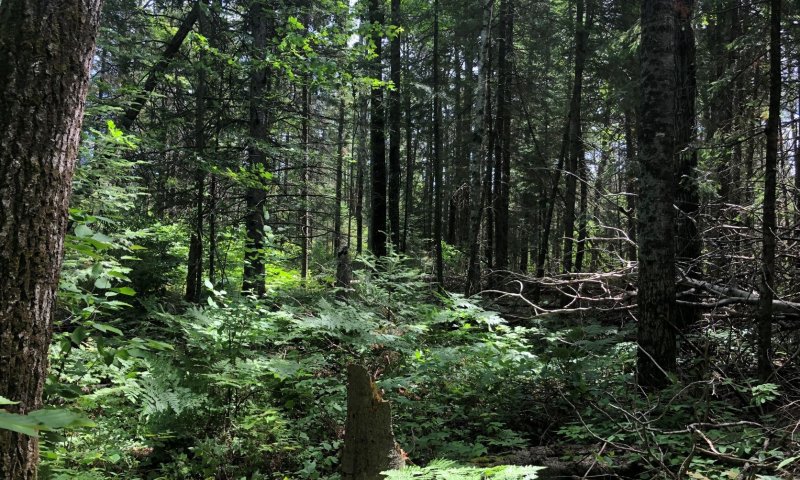

Natural Resources
Conservation Service
Ecological site F090AY009WI
Moist Sandy Upland
Last updated: 10/02/2023
Accessed: 12/19/2025
General information
Provisional. A provisional ecological site description has undergone quality control and quality assurance review. It contains a working state and transition model and enough information to identify the ecological site.
MLRA notes
Major Land Resource Area (MLRA): 090A–Wisconsin and Minnesota Thin Loess and Till
The Wisconsin and Minnesota Thin Loess MLRA, Northern and Southern Parts (90A and 90B) correspond closely to the North Central Forest and the Forest Transition Ecological Landscapes, respectively. Some of the following brief overview is borrowed from the Wisconsin Department of Natural Resources ecological landscape publications (2015).
The Wisconsin and Minnesota Thin Loess MLRA, Northern and Southern Parts (90A and 90B) is an extensive glacial landscape that comprised of over 11.1 million acres (17,370 sq mi) throughout central and northern Wisconsin – about 27% of the total land area in the state. This glacial landscape is comprised of a heterogenous mix of loess-capped ground moraines, end moraines with eskers and ice-walled lake plains, and pitted, unpitted, and collapsed outwash plains sometimes interspersed with drumlins from the Illinoian and Pre-Illinoian glaciations. The entire area has been glaciated and nearly all of it is underlain by dense glacial till that impedes drainage. An extensive morainal system – the Perkinstown end moraine – spans most of the width of northern Wisconsin and divides the Northern and Southern Parts of this large landscape. This moraine, which has been sliced by outwash in many places, marks the southernmost extent of the Wisconsin glaciation (Wisconsin’s most recent glacial advance).
North of the Perkinstown morainal system is a loess plain, with a loess mantle 6-24 inches thick. The northernmost edge of this landscape is an undulating till and outwash plain with materials deposited by the Chippewa Lobe. Drumlins are common in the northern and northeastern portions. The drumlins are oriented towards the southwest and formed during a glacial episode prior to the most recent glacial advance. Some are covered with glacial till. Pitted, unpitted, and collapsed outwash plains fill the spaces between drumlins. Detached from the major land mass to the northeast is the hummocky Hayward collapsed end moraines, where swamps, ice-walled lake plains, and eskers are common.
Most of the MLRA to the south of the Perkinstown morainal system is an extensive ground moraine with some proglacial stream features including pitted outwash plains, terraces, and fans. A layer of loess 6 to 47 inches thick covers much of the area. Like the Northern Part, all areas of the Southern Part of this MLRA were glaciated, although the southcentral portion is a relatively older till plain with materials from the Illinoian and pre-Illinoian glaciations, not the most recent Wisconsin glaciation. The landforms in the southcentral portion are highly variable. Much of the area topography is controlled by underlying bedrock. Sandstone outcrops and pediments can be found here. Some of the most southern portions of the MLRA are mixed glacial deposits and residuum.
The land surface of the southeastern portion was formed by many small glacial advances and retreats. Morainal ridges protrude through an erosional, pitted outwash-mantled surface. These parallel ridges run in a northeast to southwest orientation and are dissected by many steams.
The continental climate of this MLRA is typical of northcentral Wisconsin, with cold winters and warm summers. The southern boundary of this MLRA straddles Wisconsin’s Tension Zone, a zone of transition between Wisconsin’s northern and southern ecological landscapes. Historically, the mesic forests were dominated by eastern hemlock (Tsuga canadensis), sugar maple (Acer saccharum), and yellow birch (Betula alleghaniensis).
Classification relationships
Major Land Resource Area (MLRA 90A): Wisconsin and Minnesota Thin Loess and Till
USFS Subregions: Glidden Loamy Drift Plain (212Xa), Rib Mountain Rolling Ridges (212Qd), Green Bay Lobe Stagnation Moraine (212Ta), Brule and Paint Rivers Drumlinized Ground Moraine (212Xc), Bayfield Sand Plains (212Ka), Mille Lacs Uplands (212Kb)
Small sections occur in Perkinstown End Moraine (212Xe), Central-Northwest Wisconsin Loess Plains (212Xd), and Hayward Stagnation Moraines (212Xf)
Wisconsin DNR Ecological Landscapes: Forest Transition, Northern Central Forest, Northwest Lowlands, Northwest Sands
Ecological site concept
The Moist Sandy Upland ecological site is uncommon in MLRA 90A, located in depressions, drainageways, and flats on outwash and lake plains, ground moraines, and stream terraces. These sites are characterized by very deep, somewhat poorly drained soils formed in sandy outwash and alluvium with underlying lacustrine and till deposits. Precipitation, runoff from adjacent uplands, and groundwater discharge are the primary sources of water. Soils range from very strongly acid to neutral.
Moist Sandy Upland has sandy parent materials and textures that distinguish it from other sites with similar drainage. The deep sandy deposits distinguish this site from Moist Sandy Bedrock Uplands. The sandy materials have lower pH, less available water capacity, and lack carbonates that are found in the loamy and clayey somewhat poorly drained sites. These factors cause limitations for vegetative growth. The somewhat poor drainage differs this site from other sandy sites.
Associated sites
| F090AY001WI |
Poor Fen Poor Fen sites consist of deep herbaceous organic materials. Some sites have mineral soil contact. They are very poorly drained and remain saturated throughout the year. They are strongly to extremely acidic. These sites are permanently saturated wetlands. They are wetter and occur lower on the drainage sequence than Moist Sandy Uplands. |
|---|---|
| F090AY005WI |
Wet Sandy Lowland Wet Sandy Lowland consist of deep sandy deposits derived from a mixture of outwash, alluvium, and lacustrine sources. They form in seasonally ponded depressions and are saturated long enough for hydric conditions to occur. Some sites are wetlands. They are wetter and occur lower on the drainage sequence than Moist Sandy Upland. |
| F090AY013WI |
Sandy Upland Sandy Upland consist of deep sandy and loamy deposits of outwash, alluvium, till, and residuum. Soils are primarily sand and loamy sand and have a seasonally high water table within two meters, though they don't remain saturated for extended periods. They are drier and occur higher on the drainage sequence than Moist Sandy Upland. |
| F090AY019WI |
Dry Sandy Uplands Dry Sandy Uplands consist of primarily sandy deposits of various origin. Loamy deposits are also present in many soils. They may have a seasonally high water table within two meters of the surface, though they do not remain saturated for sustained periods. They are much drier and occur higher on the drainage sequence than Moist Sandy Upland. |
Similar sites
| F090AY011WI |
Moist Loamy Lowland Moist Loamy Lowland consist of deep sandy and loamy deposits derived from a mixture of alluvium, residuum, till, or lacustrine sources. The finer textures allow the soil to stay moist - but not saturated - for sustained periods during the growing season. They are found in similar landscape positions with the same drainage class as Moist Sandy Uplands but with finer textures. The vegetative communities they support have similar wetness preferences but higher nutrient requirements. |
|---|---|
| F090AY003WI |
Sandy Floodplain Sandy Floodplain sites are found exclusively on floodplains in sandy and sometimes silty alluvium. These sites are somewhat poorly to poorly drained and are subject to flooding. Some sites may be saturated for long enough for hydric conditions to occur. They share particle size and sometimes drainage class with Moist Sandy Upland. |
| F090AY005WI |
Wet Sandy Lowland Wet Sandy Lowland consist of deep sandy deposits derived from a mixture of outwash, alluvium, and lacustrine sources. They form in seasonally ponded depressions and are saturated long enough for hydric conditions to occur. Some sites are wetlands. They share particle size with Moist Sandy Upland. The vegetative communities they support have similar nutrient preferences but are sometimes wetter. |
Table 1. Dominant plant species
| Tree |
(1) Abies balsamea |
|---|---|
| Shrub |
(1) Corylus cornuta |
| Herbaceous |
(1) Maianthemum canadense |
Click on box and path labels to scroll to the respective text.
Ecosystem states
| T1A | - | Stand replacing disturbance that includes fire. |
|---|---|---|
| T1B | - | Removal of forest cover and tilling for agricultural crop production. |
| R2A | - | Conifers slowly increase in abundance in the deciduous forest community. |
| T2A | - | Removal of forest cover and tilling for agricultural crop production. |
| R3A | - | Cessation of agricultural practices leads to natural reforestation, or site is replanted. |
| T3A | - | Cessation of agricultural practices leads to natural reforestation, or site is replanted. |
State 1 submodel, plant communities
| 1.1A | - | Light to moderate intensity fires, blow-downs, ice storms. |
|---|---|---|
| 1.2A | - | Disturbance-free period for 30+ years. |



